
How Stephen Gould Scaled Its Capacity by 30% without Making a Single Hire

Ask any executive, and they will say, “We’re a data-driven organization.” They will proudly mention their BI tools, CRM systems, and perfectly managed Excel sheets. However, if one looks beyond these indicators of data-savvy, a different picture can be seen.
The truth? Most businesses and organizations are overwhelmed by the vast volumes of data they procure while they lack the insights they need. Each of your teams loses a lot of productive time digging through disparate systems, arguing over cells in conflicting spreadsheets, and wondering which of those sheets is accurate. Your analysts spend hundreds of working hours at document mining and checking – time that can be better spent on analysis. Meanwhile, your decision-makers are left wondering: Is this dashboard showing the same KPIs as the quarterly report? Which sales forecast should I trust? Where is the source data for this metric?
This has become a problematic area for nearly every business. Every business is always-on, constantly collecting data making the gap between having data and effectively using it isn’t just wide; it’s widening. While your organization may be collecting data, the crucial questions remain: Are all the KPIs available at the fingertips of each decision-maker? Do you and your team know who holds the single source of truth on your data? Do they know where it came from when they have a metric? If you’re hesitating on any of these questions, you aren’t the only one, and it might mean you aren’t data-driven.
Getting to real-time operations isn’t a quest for more dashboards or data sources. It addresses the raw fundamentals of data discoverability, quality, and management. As long as an organization cannot do all of this seamlessly and at a required pace, your organization is still data-enabled, not data-intensive.
In this whitepaper, we will cover the following topics:
Fill out the form to continue reading
A learning organization develops and applies knowledge to improve and adapt based on new insights. It’s an organization that continually learns from data and uses what it knows to improve itself.
A learning organization has the following characteristics:
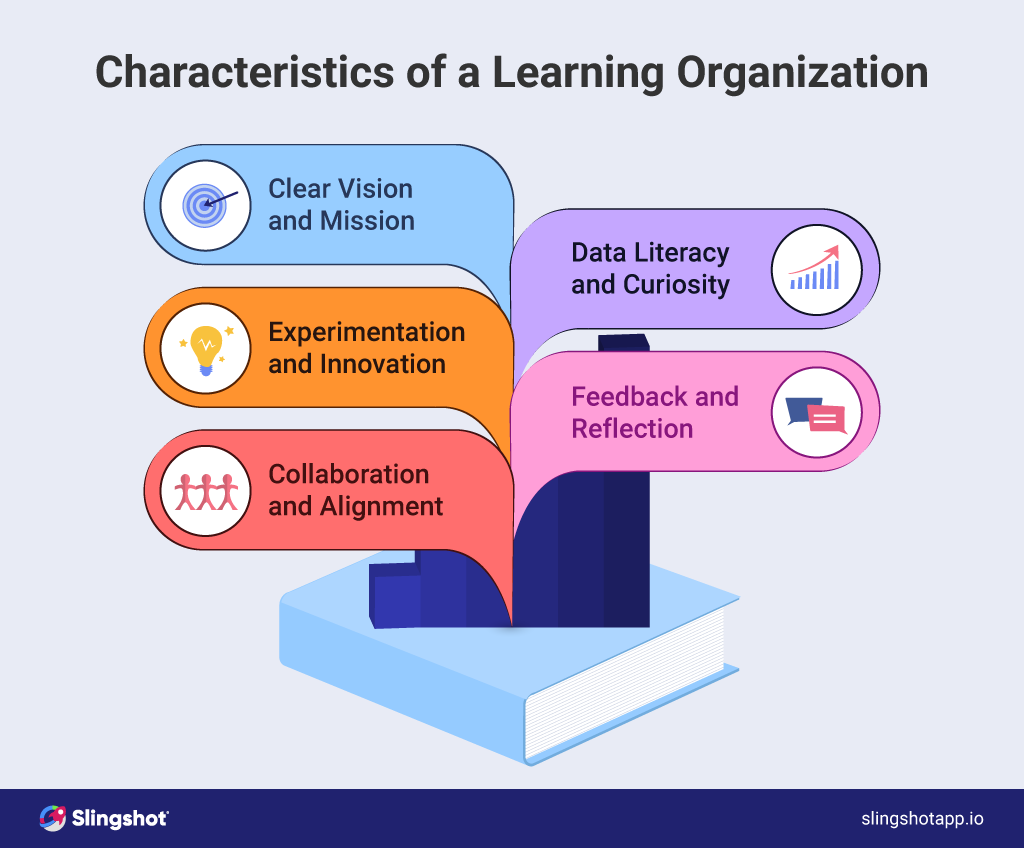
Learning organizations differ from traditional organizational models, which are often hierarchical, rigid, and reliant on intuition or authority for decision-making. Learning organizations are agile, flexible, and data-driven, viewing changes as opportunities and failures as valuable learning experiences.
Data and continuous learning are crucial in shaping a learning organization; they are the fuel that powers it and provide the information and insights that inform its actions and decisions. Continuous learning is the engine that drives a learning organization, enabling it to constantly acquire new knowledge and skills and apply them to improve its performance and adapt to changes.
As a C-level executive, you’re responsible for steering your organization toward sustainable growth and competitive advantage. Here are 3 top benefits of building a learning organization:
By embracing the principles of a learning organization, you can unlock unparalleled agility, engagement, and innovation – the cornerstones of long-term success in today’s dynamic business environment.
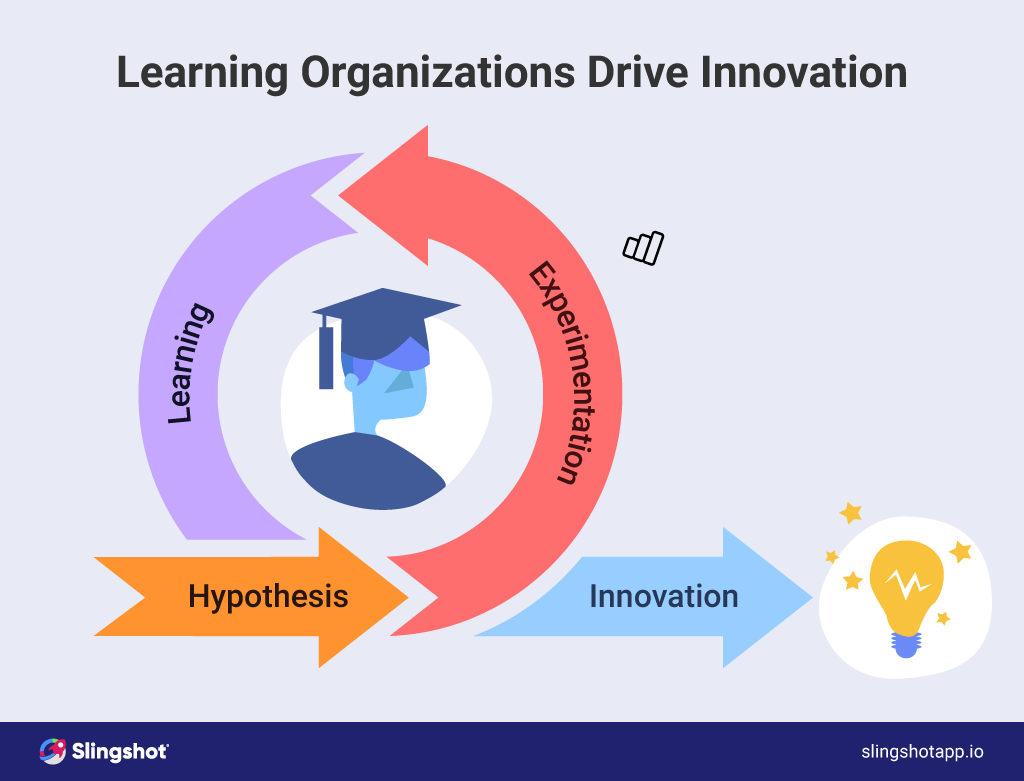
In a time where change is the only constant, the ability to continuously evolve and adapt is no longer just a competitive advantage—it’s necessary for survival and continued success. Transforming your organization into a learning organization goes beyond ordinary change to fundamentally reshape how a company operates and competes in today’s digital marketplace. Being a data-driven business provides you with critical strategic advantages in several areas:
Transforming into a data-driven enterprise requires a strategic, multi-phased approach. You can rethink and reshape your organizational practices to be more adaptive, innovative, and sustainable. Here is a four-step, practical roadmap to embed continuous learning into your culture and operations:
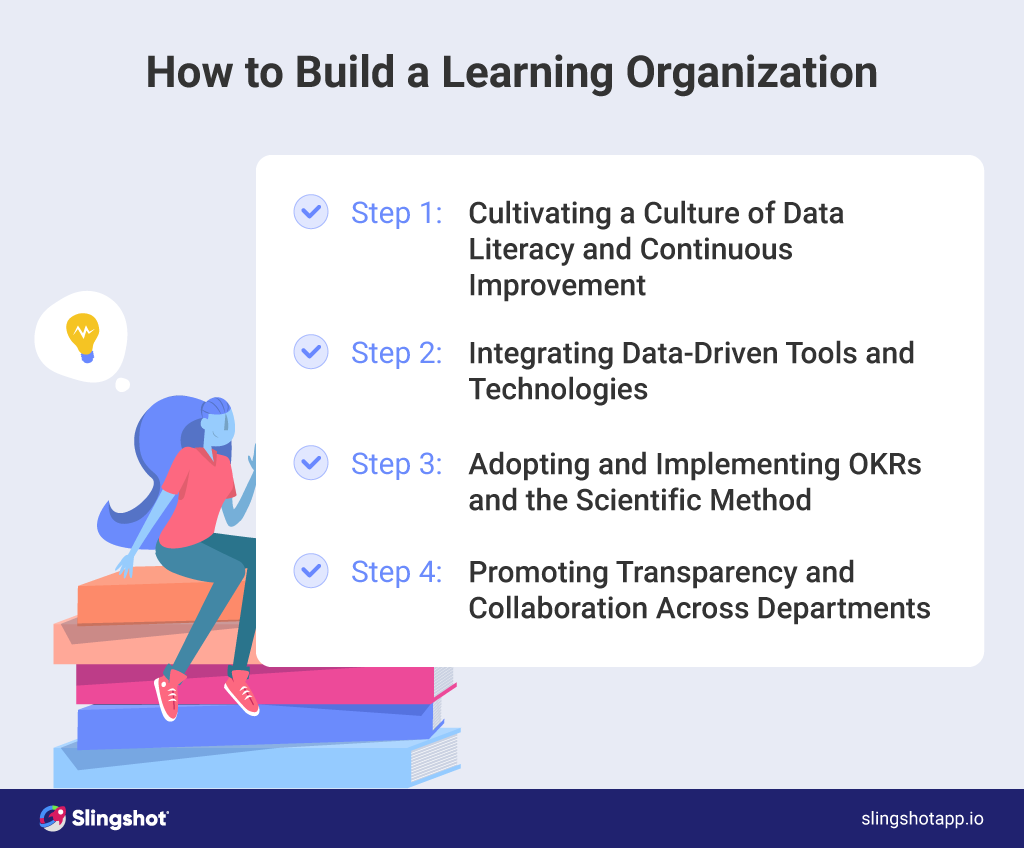
Data literacy is essential for making informed decisions and fostering an environment where every employee can contribute to innovation and process enhancement. This improves operational efficiency and empowers employees, boosting morale and retention.
The right tools can streamline data access and analysis, making it easier to uncover actionable insights. This integration supports a proactive approach to business management, allowing organizations to anticipate market changes and react swiftly.
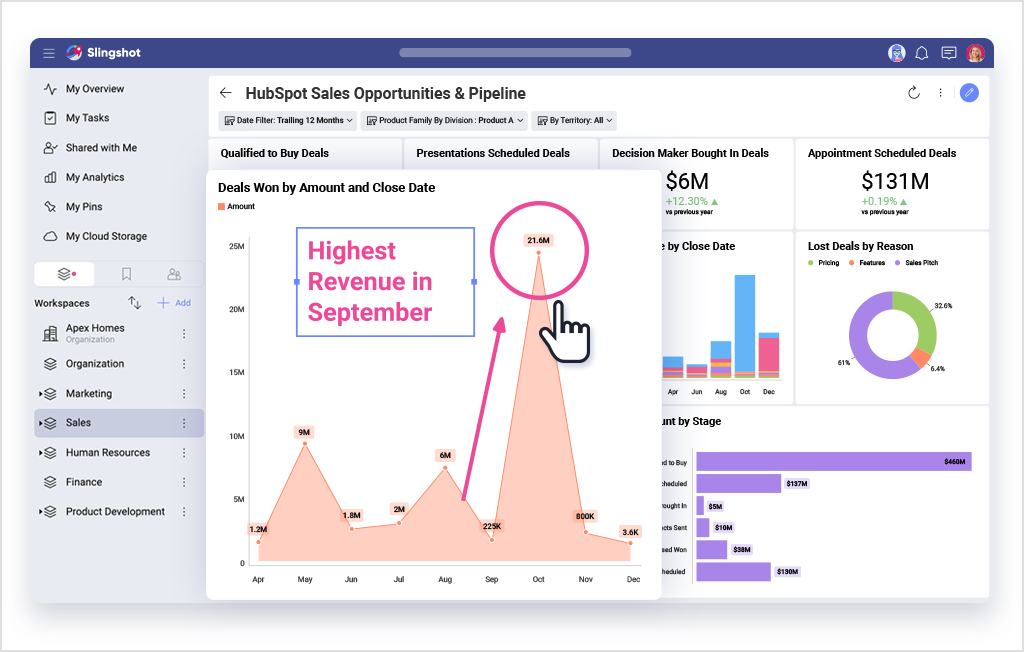
OKRs help clarify business goals and provide measurable ways to track progress, aligning individual performance with company objectives. The scientific method promotes a structured approach to experimentation and problem-solving, critical for innovation and continuous improvement.
Transparency builds trust and accountability, while collaboration breaks down silos and leverages diverse perspectives for better decision-making. Inclusive environments increase employee engagement and commitment to organizational goals.
Transforming into a learning organization is not merely an option but a necessity. Using the principles outlined in this white paper, you can create an environment where data literacy, innovative thinking, and collaborative problem-solving are at the core of your organizational culture.
However, turning theory into practice can be complex. This is where Slingshot, a comprehensive data-driven work management platform designed for the modern enterprise, can be a valuable partner. Slingshot embodies the principles of a learning organization, seamlessly integrating data analytics, project management, and collaboration tools into a single, intuitive platform that empowers your teams across the enterprise to make data-driven decisions and adapt continuously to their changing environments.
With Slingshot, you can:
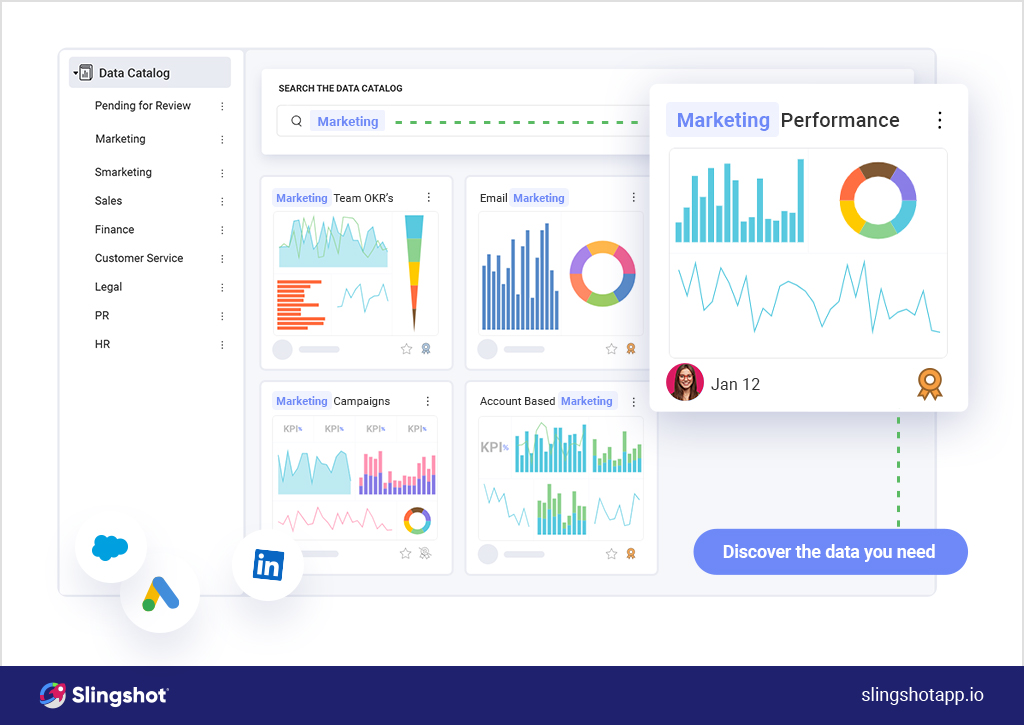
Contact us today to see how Slingshot can help your organization thrive with data-driven decision-making.
See how Slingshot can help you and your teams do more of their best work.